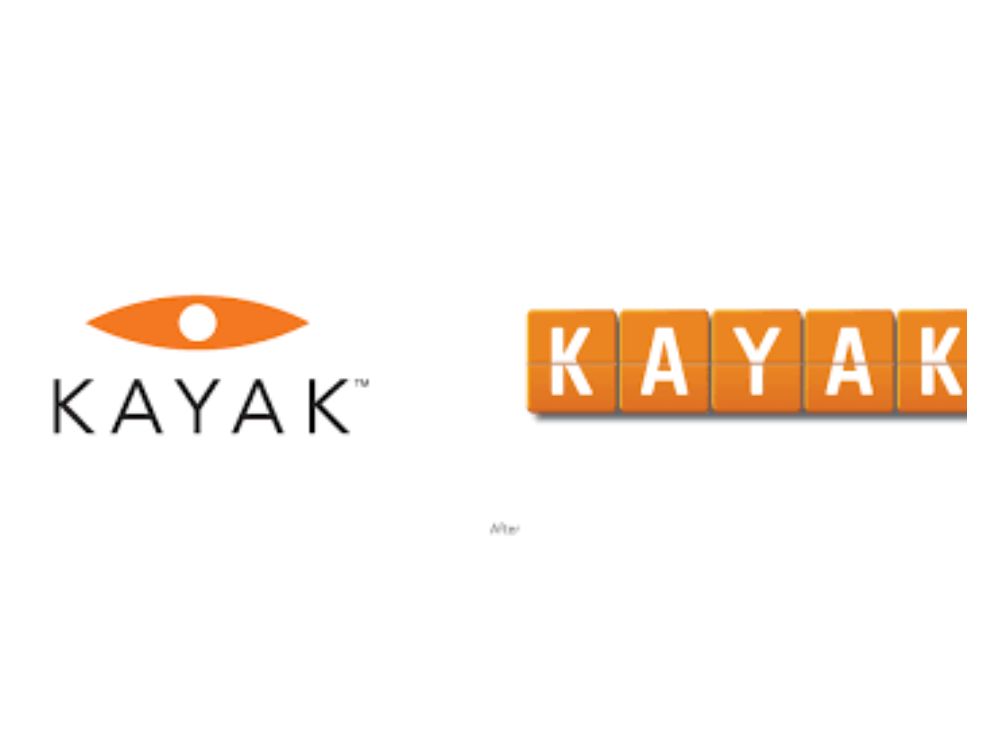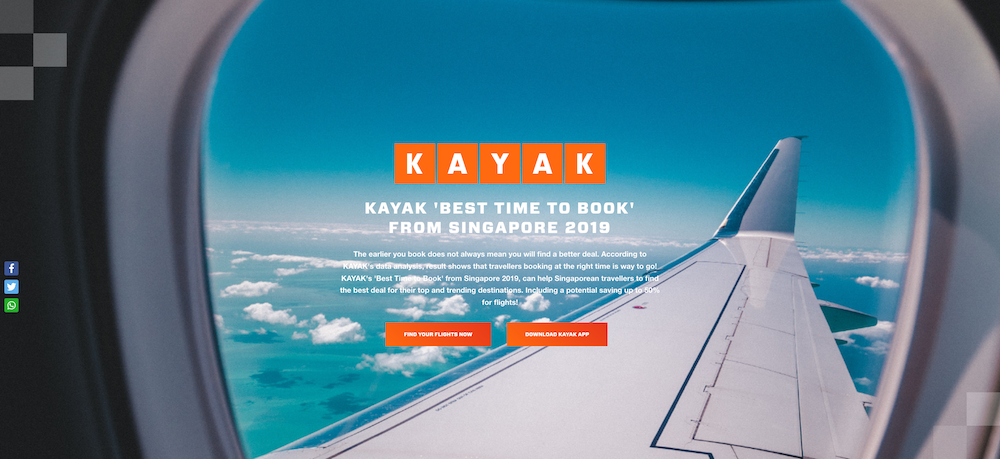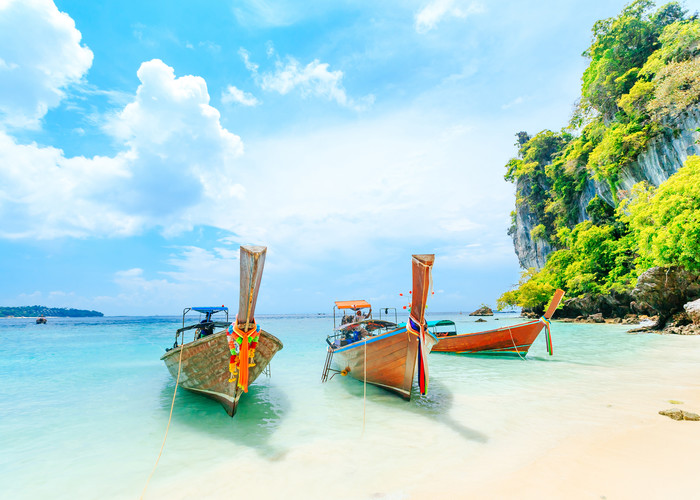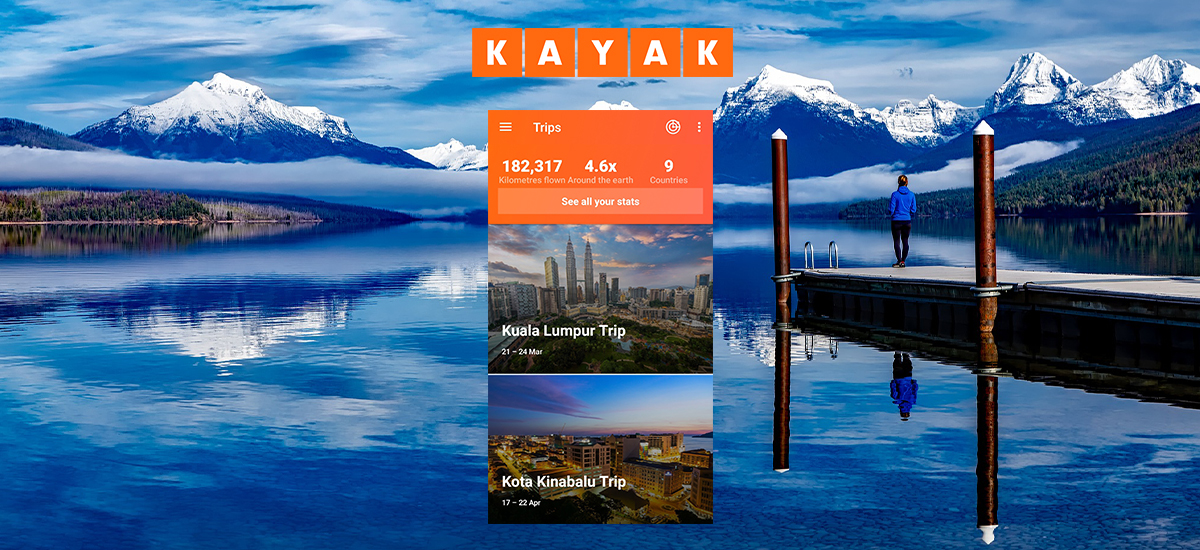Kayak Buyers Guide: How to Choose the Perfect Kayak
As you embark on a new kayaking adventure, choosing the right kayak is essential to having an enjoyable experience on the water. With so many options available, determining the perfect kayak for your needs can seem like an overwhelming task. However, by evaluating your kayaking goals and experience level, you can narrow down the options and select a craft suited to helping you achieve your ambitions on the water. Whether you dream of paddling across serene mountain lakes, riding ocean waves, or navigating whitewater rapids, this guide will walk you through the steps to find a stable, durable, and affordable kayak that will serve you well for years of adventures to come. With the right kayak and proper safety gear in hand, you’ll be ready to launch into an exciting new hobby exploring the open waters.
CLICK HERE TO EXPERIENCE KAYAK SERVICE>>>
Types of Kayaks: Recreational, Touring, Whitewater, Etc.
When purchasing a kayak, the first decision you need to make is what type best suits your needs. The four main options are:
Recreational kayaks are versatile, stable, and designed for casual paddling on lakes and rivers. They are easy to get in and out of, making them ideal for beginners. Popular varieties are sit-in and sit-on-top kayaks.
- Sit-in kayaks have a closed cockpit and typically offer more protection from the elements. They require basic paddling skills to maneuver.
- Sit-on-top kayaks have an open cockpit and are very stable, easy to get on and off. They are great for warm weather paddling and suitable for all skill levels.
Touring kayaks are longer, more streamlined, and made for multi-day trips. They track well and have extra storage space for gear. Touring kayaks require paddling experience to handle.
Whitewater kayaks are highly maneuverable, meant for navigating rapids and rough waters. They have rounded hulls and bulkheads for safety. Whitewater kayaking demands advanced skills and safety gear.
Inflatable kayaks have air-filled chambers rather than a hard shell. They are ultra-portable but less durable. Inflatable kayaks work well for casual paddling but not whitewater.
The key is choosing a kayak based on how and where you want to paddle. Think about your skill level, interests, and budget. With the variety of kayaks available, you’ll be sure to find one that suits you perfectly.
CLICK HERE TO EXPERIENCE KAYAK SERVICE>>>
Kayak Materials: Plastic, Composite, Inflatable, Etc.
When choosing a kayak, one of the most important decisions you’ll make is the type of material. The material affects the kayak’s durability, performance, and cost. The four most common options are:
Plastic ( polyethylene) kayaks are affordable, low-maintenance, and impact-resistant. Polyethylene is a durable plastic that can withstand scrapes and collisions. However, plastic kayaks are often heavier and less responsive than composite options.
Composite kayaks blend plastics with lightweight fibers like carbon fiber or Kevlar®. Composites provide a balance of durability and performance but at a higher cost. Fiberglass composites are a popular, moderately-priced choice.
Inflatable kayaks are portable and budget-friendly but lack the speed and handling of rigid kayaks. Inflatables are constructed from durable fabrics like PVC or Hypalon® and inflated with air chambers. They work well for recreational paddling on lakes and rivers with few rapids.
Wooden kayaks are works of art but require frequent maintenance to prevent leaks. Cedar, redwood, and marine plywood are common wood types. Wood kayaks have a nostalgic appeal but are mainly used for display.
The optimal choice comes down to how often and vigorously you plan to paddle. For casual recreational use, consider an inflatable or plastic kayak. For touring or performance, composite kayaks balance durability and speed. Test different materials, if possible, to determine which option suits your needs while fitting your budget. The material you choose will impact your experience on the water.
CLICK HERE TO EXPERIENCE KAYAK SERVICE>>>
Kayak Sizes: Do You Need a Short, Medium or Long Kayak?
When choosing a kayak, one of the most important factors to consider is its size. Kayak size determines how the boat handles, how much gear it can carry, and how many people can fit comfortably inside. For casual recreational paddling, you’ll want to choose between a short, medium, or long kayak.
Short Kayaks (6-10 feet long)
Short kayaks, like recreational kayaks, are very maneuverable but limited in storage and suitable for tight spaces. Best for solo paddling on lakes and rivers.
Medium Kayaks (10-15 feet long)
Mid-sized kayaks like touring kayaks strike a balance between maneuverability and storage capacity. Can carry gear for overnight trips and suitable for solo or tandem paddling on lakes, rivers, and coastal waters.
Long Kayaks (15 feet and longer)
Long kayaks like sea kayaks are less maneuverable but have ample storage for multi-day trips. Best for two paddlers and suitable for exploring open waters like lakes, bays, and coastal areas. The increased waterline means better tracking and speed.
The length, width, and hull shape of a kayak also determines how stable it is in different water conditions. As a general rule, longer, wider kayaks with rounded hulls tend to be more stable, while shorter, narrower kayaks with v-shaped hulls are less stable but more nimble. Consider your skill level and how much primary stability you need. Beginners will want a very stable kayak, while more experienced paddlers can handle less stable kayaks that enable more advanced maneuvering.
There are many additional factors to consider when choosing a kayak, including the material, seating, storage options, and any extras like rudders or pedal-powered propulsion. But selecting the right size is the first step to finding your perfect vessel for adventures on the water. With the variety of kayaks available, you’re sure to find one that suits your needs and skill level.
CLICK HERE TO EXPERIENCE KAYAK SERVICE>>>
Kayak Stability: How Stable Do You Need Your Kayak to Be?
When choosing a kayak, stability is an important factor to consider based on how and where you plan to use it. The stability of a kayak depends on its width, hull design, and seating position. Wider kayaks with flat, square hulls and a lower center of gravity tend to be more stable. Narrower kayaks with rounded hulls and a higher center of gravity are typically less stable but more maneuverable.
Flatwater Kayaks
If you plan to paddle on lakes, ponds or slow-moving rivers, a flatwater kayak is a good option. These kayaks have a very wide, flat hull and a low center of gravity for maximum stability. Popular styles include recreational kayaks and sit-on-top kayaks. They are easy to get into and out of and suitable for beginners and casual paddling. However, their stability and width make them difficult to paddle efficiently over long distances.
Sea Kayaks
For coastal and open water paddling, a sea kayak provides a good balance of stability and performance. Sea kayaks have a narrower, rounded hull and a slightly higher center of gravity than flatwater kayaks. They are still quite stable but faster and more maneuverable, suitable for touring longer distances. The cockpit style allows for an efficient paddling stroke, but can be more difficult to enter and exit, requiring basic paddling skills.
Whitewater Kayaks
If navigating rivers with rapids is your goal, a whitewater kayak is specially designed for maximum maneuverability in turbulent waters. Whitewater kayaks have a rounded hull, high center of gravity, and snug-fitting cockpit for an active paddling position. They sacrifice stability for agility, requiring an experienced paddler to stay upright in rapids. Playboats are a type of very maneuverable whitewater kayak made for surfing river waves and performing tricks.
In summary, consider how much stability you need based on your paddling environment and experience level. Make sure to test different kayaks to find one with the right balance of stability and performance for you. With practice, your skills will improve and you can progress to a kayak with less stability and more advanced performance.
CLICK HERE TO EXPERIENCE KAYAK SERVICE>>>
Kayak Storage: How Will You Transport and Store Your Kayak?
Once you’ve purchased your kayak, you’ll need to consider how you’ll transport and store it properly. Kayak storage is an important factor to keep in mind before buying, as different kayaks may require different storage solutions.
Vehicle Transport
If you plan to transport your kayak on a vehicle, you’ll need a roof rack or truck bed extender to safely haul it. For most kayaks, standard roof racks or truck bed mounts will work. However, for larger kayaks like tandem or fishing kayaks, you may want to invest in heavy-duty, adjustable mounts. You should also purchase quality straps, ropes or tie-downs rated for the weight of your kayak to securely fasten it to your vehicle.
Storage Options
When your kayak is not in use, you’ll need a place to store it. Some options include:
- Wall mounts: Kayak wall mounts attach to studs in your garage or shed wall to store kayaks vertically and off the floor. Ensure the mount is rated for your kayak’s weight.
- Floor racks: Kayak floor racks or stands cradle the kayak at multiple contact points to keep it elevated and stable. They take up floor space but don’t require installation.
- Hoists: Kayak hoists lift and suspend the kayak from the ceiling to maximize your floor space. They require installation into ceiling joists and cost more, but keep kayaks out of the way when not in use.
- Sheds: If you have an outdoor shed, you may be able to store your kayak inside. Ensure the shed is watertight and secure from the elements. You’ll still want to use a wall mount, floor rack or hoist inside the shed to keep the kayak off the floor.
Proper storage and transport of your kayak will help keep it in good condition for years to come. Carefully consider your options based on your kayak type, how often you use it and your available storage space. With the right solution, you’ll be able to easily transport your kayak to the water and keep it safely stored when not in use.
CLICK HERE TO EXPERIENCE KAYAK SERVICE>>>
Kayak Seats and Paddles: Choosing Comfortable, High-Quality Gear
When choosing a kayak, the seats and paddles are two of the most important pieces of gear to consider for your comfort and experience. ###Seat
The seat is one of the most crucial components for a enjoyable kayaking experience. Look for a seat with:
- Padded backrest: Provides lumbar support for long paddling days.
- Adjustable and padded seat bottom: Allows you to find the perfect position and prevents discomfort from sitting for extended periods.
- Water resistant material: Keeps you dry in the event of splashes or waves.
Paddles
High-quality paddles can make a world of difference in how much you enjoy your time on the water. Consider the following when selecting paddles:
- Blade size: Larger blades provide more power for acceleration while smaller blades allow for quicker, more precise steering. Choose a size based on your body type, kayak style, and how you intend to use the kayak.
- Blade shape: Square and rectangular blades typically provide the most power while oval and tear-drop shaped blades facilitate easier turning and control.
- Shaft: Look for an adjustable shaft to customize the length for your height and torso. Lighter materials like carbon fiber reduce fatigue over long distances.
- Drip rings: Attachments at the base of the blade that allow excess water to drip off, keeping your hands dry. Highly recommended for recreational paddling.
By selecting a comfortable seat and high-quality paddles designed for your specific needs and kayak style, you will be well equipped to enjoy countless hours exploring lakes, rivers and coastal areas. The seat provides essential back support and the ability to adjust your position while paddles designed for power, control or a combination of the two will make paddling more efficient and less strenuous. With the right gear for your needs, you’ll be able to focus on the peaceful surroundings instead of discomfort.
CLICK HERE TO EXPERIENCE KAYAK SERVICE>>>
Additional Kayak Features: What Else Do You Need?
Once you’ve decided on a kayak, you’ll need some additional gear to get started. Some equipment is necessary for safety and functionality, while other items are optional but can enhance your experience.
Personal Flotation Device (PFD)
A PFD, or life jacket, is required for kayaking and can save your life in the event of capsizing or an accident. Choose a PFD specifically designed for kayaking that fits comfortably but snugly. Look for one with pockets and straps to store gear.
Paddle
Your paddle is one of the most important pieces of equipment. For recreational kayaking, a paddle between 210 to 230 cm is typical for most adults. Consider an adjustable paddle if multiple people will be using the kayak. Materials include aluminum, fiberglass, and carbon fiber. Fiberglass and carbon fiber paddles are lightweight but more expensive. Aluminum is a budget-friendly option.
Spray Skirt
A spray skirt fits over the rim of your kayak to seal out water and keep you dry. It attaches to your body using straps or an elastic waistband. Spray skirts come in a variety of materials, with nylon and neoprene being popular, durable options.
Safety Gear
Additional safety gear includes:
- Bilge pump: removes excess water from the kayak. Manual or electric.
- Compass: helps with navigation should you lose your way.
- Whistle: used to signal for help in an emergency.
- Float bags: placed in the bow and stern to increase buoyancy.
- Tow rope: used to tow another kayak in your group.
Optional gear for convenience includes dry bags, kayak seats, anchors, kayak carts, and gear mounts for fishing poles or cameras. With the proper safety gear and equipment, you’ll be ready to get out on the water for an enjoyable kayaking adventure.
CLICK HERE TO EXPERIENCE KAYAK SERVICE>>>
Top Kayak Brands: Comparing the Pros and Cons
When shopping for a kayak, considering the brand is important. Some of the top kayak brands are Hobie, Ocean Kayak, Perception, Old Town, and Pelican. Each has pros and cons to weigh based on your needs and budget.
Hobie
Hobie is a premium brand that produces high-quality kayaks featuring their MirageDrive pedal system. This hands-free propulsion is ideal for fishing or photography. However, Hobie kayaks tend to be more expensive, often starting around $2,000.
Ocean Kayak
Ocean Kayak makes versatile, affordable kayaks for recreation and touring. Their sit-on-top kayaks like the Malibu Two start around $500 and are very stable, making them good for beginners. The brand is also popular for angling kayaks like the Prowler. One downside is that lower-end models may lack extra features or durability for multi-day trips.
Perception
Perception is an innovative brand that produces a range of kayaks at affordable price points, from $300 to $1,000. They are known for comfort and performance, with many models suited for casual paddling to whitewater. Perception frequently updates their designs with the latest technology and safety features. However, very budget-friendly options may lack in quality or features for serious paddling.
Old Town
A trusted brand with a long history, Old Town is renowned for canoes and classic kayak designs. Models like the Loon and Otter provide a timeless experience for recreational paddling, starting around $500. While high quality and durable, some find Old Town kayaks traditional styles and features lacking for certain activities like long distance touring or fishing.
Pelican
Pelican focuses on extremely affordable, entry-level kayaks, with many one- and two-person models under $500. Their kayaks feature basic, no-frills designs suitable for casual recreational use on lakes and rivers. However, the quality and durability of some very low-cost Pelican kayaks may be lacking for frequent or performance paddling. For beginning kayakers on a tight budget, Pelican can be a good place to start before investing in a higher-quality boat.
In summary, by comparing brands based on your intended use, needs, and budget, you can determine which pros and cons matter most in selecting a kayak that suits you well. The ideal kayak will match how and where you want to paddle.
CLICK HERE TO EXPERIENCE KAYAK SERVICE>>>
Kayak FAQs: Answering Your Most Common Questions
How do I choose a kayak that is right for me?
When selecting a kayak, consider how and where you intend to use it. Kayaks designed for different purposes will have distinct attributes tailored for that activity. The most common types are recreational kayaks for lakes and rivers, touring kayaks for multi-day trips, whitewater kayaks for rapids, and sea or surf kayaks for ocean use.
What size and type of kayak do I need?
For recreational kayaking on lakes and rivers, a sit-in or sit-on-top kayak between 8 and 12 feet in length is a popular and versatile choice for most people. Longer kayaks, from 12 to 16 feet, will be more stable and faster, better for touring or covering longer distances. Whitewater kayaks are typically 6 to 9 feet for better maneuverability. Your kayak should suit your size and paddling experience. Wider, more stable options are better for beginners, while performance kayaks require more advanced skills.
How much should I pay for a kayak?
Kayak prices range from under $300 for a basic recreational model up to $5,000 or more for a high-end sea kayak or whitewater kayak. As with most gear, you get what you pay for. For casual paddling, you can get an affordable, durable kayak for between $500 to $1,000. Touring kayaks typically start around $1,000, while high-performance sea kayaks can cost $3,000 and up. Expect to pay $1,500 and up for a composite whitewater kayak. Also budget for essential safety gear like a helmet, life jacket, paddle, and roof racks or a trailer.
What else do I need to get started with kayaking?
In addition to the kayak itself, you will need a few other essential items:
- A properly fitted life jacket (PFD) for safety
- A kayak paddle suited to your kayak type
- Protective clothing like a wetsuit or drysuit for cold water
- Safety gear: whistle, bilge pump, paddle leash, etc.
- Kayak roof racks or trailer to transport your kayak
- Other useful accessories: paddle grip, kayak seat, dry bags, straps, etc.
With the necessary gear and equipment, you’ll be ready to hit the water for an enjoyable kayaking adventure. Be sure to learn proper kayaking techniques before venturing out on long trips or in challenging waters. Have fun and paddle safe!
Conclusion
You now have the knowledge to confidently purchase a kayak that suits your needs and will provide years of enjoyment on the water. While the options can seem overwhelming at first, by determining how you plan to use the kayak and your budget, you can narrow down the choices. Do some research on the different types of kayaks and the pros and cons of materials like plastic versus fiberglass or carbon fiber. Check reviews from other paddlers to determine reliable, high-quality brands and models. And don’t forget essential safety gear like a paddle, life jacket, whistle, and bilge pump. Once you get out on the water in your new kayak, you’ll be thrilled with how peaceful and rewarding this hobby can be. The perfect kayak is out there waiting for you. Now go get it!
CLICK HERE TO EXPERIENCE KAYAK SERVICE>>>



.jpg)






